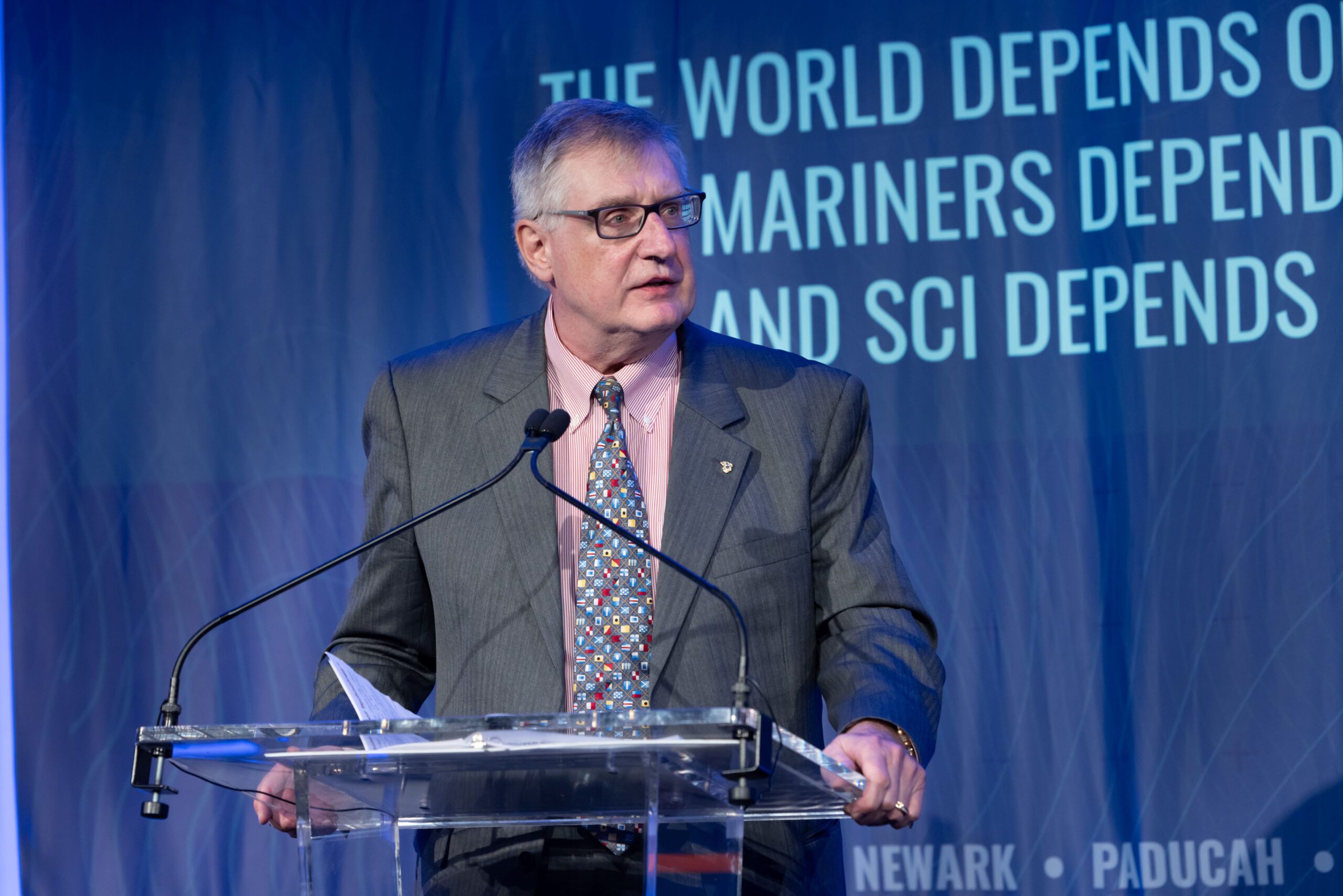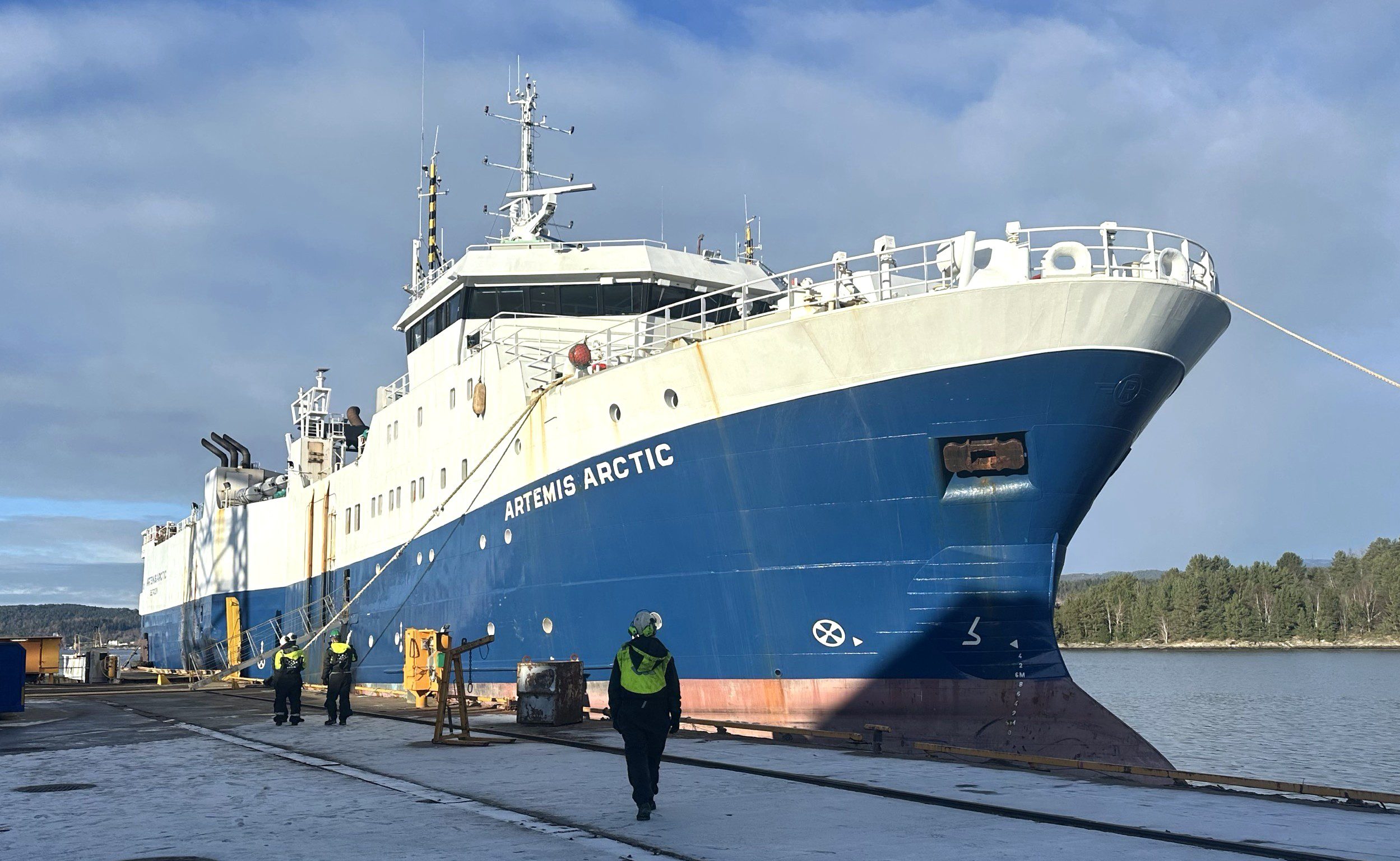By Jesper Sørensen, Managing Director of KPI OceanConnect Singapore and Susanna Lai, Managing Director of KPI OceanConnect Hong Kong
Shipping’s energy transition is a defining time for the industry. Transformative in how global supply chains operate, with myriad risks for those that fail to adapt, but also great opportunities for organisations that seize the potential change always brings.
As the industry maps out multiple pathways for achieving decarbonisation in line with the International Maritime Organization’s (IMO) Greenhouse Gas (GHG) emissions targets, Asia’s marine fuels market will play a key role in this new era of market transformation.
As a major partner in the China and Singapore bunkering markets, KPI OceanConnect is consulting ship owners and operators, as well as the wider industry on low-carbon and future fuel options, and managing the sustainability of their supply chains. Jesper Sørensen, Managing Director in Singapore, reports on Singapore’s leading position as a maritime hub and recent developments in the future fuels arena. Susanna Lai, Managing Director in Hong Kong, presents her views on China’s marine fuels and carbon markets. Collectively, they share insight on the latest trends in Asia and approaching shipping’s energy transition.
Bunker market trends in Asia
From conversations with partners and customers, the energy transition and industry’s sustainability are at the top of Asia’s marine fuels market’s agenda. Not only is this being driven by global awareness of the acute climate challenge, but also regulatory changes and pressure from cargo owners, charterers and the financial community. Initiatives, such as the Sea Cargo Charter and the Poseidon Principles, are increasingly influential. The European Union’s (EU) plans for carbon pricing will come into play within the next year or two, while the IMO’s regulations – specifically the Energy Efficiency for Existing Ships Index and the Carbon Intensity Indication – will be enforced from January 2023. While the IMO’s 2030 and 2050 decarbonisation targets may seem some way off, the reality is that the industry needs to act now in order to meet them.
Decarbonisation targets will be achieved by the adoption of future and zero-carbon fuels. But as the industry awaits the development of more low-carbon fuels, there is a huge demand for fuels already available on the market to drive an industry that transports 90% of goods globally. In parallel, there is also a much broader focus on environment, social and governance (ESG) policies to drive greater transparency, enhance inclusion, and uphold proper compliance and governance.
When looking at Singapore, as the world’s largest bunkering hub, it has been a pioneer for increased transparency, sustainability and the development of standards in bunkering. The introduction of mandatory Mass Flow Meters (MFM) in Singapore from January 1, 2017, created a marked shift in the city-state’s global leadership position, as well as eliminating challenges over the quantity of supply, and the requirement for fundamental increases in transparency and trust.
From an environmental perspective, Singapore has a vision to be a leading green bunkering hub and champion of sustainability and innovation to drive the decarbonisation trajectory. SIBCON 2022 highlighted that Singapore is serious about achieving this; the Maritime Port Authority of Singapore (MPA) hinted at the future mandatory use of digitalised bunkering operations, implemented at ‘appropriate milestones; and there was talk of biofuels reaching five million mt/year in Singapore by 2030 on the back of the development of the MPA’s quality standard for biofuel blends.
For China, its marine fuels market is expected to grow to around 4.5% next year due to high trade activities with major global economies. China is well known as a net exporter to many destinations worldwide. The challenges caused by Covid-19 severely impacted its maritime market and consequently – like the majority of countries – experienced a sharp economic slowdown from 2020. The International Monetary Fund (IMF) expects China’s growth to slow down to 4.4% in 2022 from a projected 7.9% in 2021, due to the lagging recovery of consumption amid recurrent Covid-19 outbreaks despite a successful vaccination campaign.
The main drive for change in the shipping industry, which has emerged from discussions with our industry peers and clients in Asia, is coming from the major shipping companies as they are under the most pressure from a regulatory, charterer and consumer standpoint. This is where having a trusted marine energy provider that has in-depth knowledge of the future fuels pathways, financial strength and a global network to shape fuel procurement strategies for shipping companies is essential. Since joining forces with Global Accounts and transitioning the business into KPI OceanConnect, this has created one of the largest and most experienced independent marine fuels service and solutions providers. This position enables us to continue providing expert counsel on every aspect of the marine value chain, as well as the current and future fuels market, creating a stronger value proposition to all clients.
The future fuels outlook
Partnerships and collaboration are key to solving the marine fuel puzzle. Working in tandem with customers to develop strategies that specifically meet the demands of their business, operations, fleet profile and sustainability objectives will help them to navigate the market’s transformation – whether they decide to bunker biofuels, methanol, ammonia, LNG, or another viable future fuel.
Biofuel is currently the most progressive alternative fuel in Asia, due to its drop-in capabilities and availability compared to other alternative fuels. In comparison to some other regions, availability is however limited and there is currently a maximum allowance of 24pc of biofuels in a bunker blend, which is lower than in Europe or the US. In addition, concern for non-first-generation feedstock raises questions about biofuels’ lifecycle emissions. Shipping will also face competition from other industries for second and third-generation biofuels as global availability is currently reported to be around four million tonnes per year.
Despite these points, Asia has the potential to be a major biofuels supplier. The biofuels market in China is expected to see strong growth between now and 2031. The key drivers here will be the predicted strengthening of its economy, and the growing need for cleaner fuels in cities and ports to reduce GHG emissions. In Singapore, we are receiving requests for biofuels, and see progressive ship owners trialling the fuel and using it as a blend. For example, biofuels pioneer GoodFuels supplied NYK’s bulk carrier MV Frontier Explorer with a biofuel blend in Singapore in July 2022. This bio-bunkering, among many others, is proving that biofuels form part of the solution to the IMO’s goals alongside other low-carbon options, including LNG.
The current market for LNG as a marine fuel is highly volatile as prices increased significantly in early 2022. However, with its potential to reduce emissions and ability to operate in dual-fuel engines, LNG remains a viable option in shipping’s fleet within the transitionary phase. In Singapore, the demand for LNG has increased in recent years. While continued growth is expected, the total requirement in Singapore in 2021 was around 50,000 mts, divided into a total of 24 deliveries. In comparison, China has experienced a low growth rate this year, due to weak domestic demand and high international spot LNG prices. According to the China Natural Gas Development Report, China’s apparent gas consumption in 2022 will go from 375 to 380 billion cubic meters, increasing 1-3% year-on-year.
Demand and interest in LNG are expected to increase once prices become more competitive, and as the industry recognises the fuel’s potential to reduce emissions with bio-LNG, synthetic-LNG and use in dual-fuel engines. The current orderbook shows that owners are already planning for the future with firm interest in dual-fuel engines due to their flexibility. Clarksons Research recently reported that one-third of all newbuilding orders in tonnage terms will be classed as alternative-fuel capable. This is backed further by Cosco China, which has ordered 12 24,000 TEU dual-fuelled container ships with the ability to run on methanol, in an active response to the green and low-carbon movement. It also represents the world’s first largest vessels to run on methanol. When more alternative fuels emerge in the market, the industry will compare the price and visibility, as well as the cost of changing the engine dependent on the development of other fuels.
Methanol is also emerging as a strong contender in the future fuels mix. Compared to other alternative fuels, methanol is easy to handle, requires less space, has a lower CO2e footprint, and is one of the most cost-efficient fuels to bunker. Conversations around methanol are growing in China and Singapore, and on a global scale, there are more companies ordering newbuilds that will be methanol ready. For example, China Merchant and Cosco Shipping Bulk have proposed to produce methanol as its main fuel for its fleet in the future. However, there are calls for concern with methanol as a marine fuel due to its availability and infrastructure. Hydrogen and ammonia also have potential, but more work needs to be done in research and development before they are brought online.
As the industry awaits the further development and availability of these fuels, the reality is that the industry needs to turn the corner on reducing emissions and improving the sustainability of shipping. So what else is a viable means of driving decarbonisation action now?
Carbon offsetting for shipping players
As a first step, the industry can make inroad to achieve carbon neutrality today through carbon offsetting, which is a vital tool while the industry transitions to new fuels.
For shipping companies operating in the EU, carbon offsetting can enable compliance with the emissions trading system, which plans to include shipping from 2024. It is expected that other regions, including China, will follow in the EU’s footsteps in adopting carbon trading measures.
In China, there are few local carbon trading systems available. A market-based domestic carbon emission trading scheme was introduced in 2013 for seven cities that traded approximately 1.1 billion tonnes of CO2 in the same year. In addition, China’s local carbon markets adopted the GHG Voluntary Emission Reduction Program, but as different rules apply for each market, emissions reductions have varying restrictions – such as the type of emissions reduction project, the originating region, quantity and vintage of the emission reductions. With these varying restrictions, it could become a complex landscape for ship owners looking to trade in the China carbon market. We would first expect China’s central government to align a carbon trading system across all Chinese ports, with the potential of linking to the EU’s upcoming scheme which has the potential of trading carbon worldwide.
Singapore also strives to play a key role in the carbon market. As we saw with the MFM ruling, regulatory incentives can play a major part in enabling change and advancing sustainability in shipping. Proper governance would be required to ensure a transparent and workable framework if applied regionally in Asia. With KPI OceanConnect’s deep knowledge, experience of managing carbon footprints and growing presence in Asia, we are well prepared to advise on obtaining carbon-neutral fuel supplies, as well as offsetting traditional marine fuel emissions and their vessels’ cargoes through our Alternative Fuels and Special Projects division, led by Bill Wakeling.
As a leading global marine energy provider, we are committed to playing a vital role in providing the expertise, advice and solutions needed for the shipping industry to ensure it remains on the right trajectory for a low-carbon future.

 Join The Club
Join The Club











